D&D is known for its incredible storylines, rich roleplay, endless creativity, and fearsome creatures.
However, what most people think of when they hear the words “Dungeons and Dragons” is magic and lots of it. Everyday people, fantasy-enjoyers, and even inexperienced D&D players know about magic.
One thing not everyone knows is that magic in D&D is innately different. There are schools of magic that aren’t just ‘different’ but have entirely separate purposes, strengths, and weaknesses.
Contents
8 Schools of Magic 5e
Within D&D 5e, there are 8 schools of magic that branch out into all the spells available to players.
These spells are:
- Abjuration
- Conjuration
- Divination
- Enchantment
- Evocation
- Illusion
- Necromancy
- Transmutation
Some words, like Necromancy, Illusion, or even Conjuration, might be familiar, as they are staples within the fantasy genre.
In D&D, they are used to label and briefly explain spells, basically relating to their meanings.
Note: Spells mentioned will fall under the:
- Early-Game (Cantrip > 3rd level)
- Mid-Game (4th > 6th level)
- Late-Game (7th > 9th level)
School of Abjuration

Abjuration is the home of defensive spells and wards to protect the caster or their allies. While Abjuration focuses mainly on protection, it also has some good spells for combat.
The School of Abjuration houses stalwart spells great for protection:
Early-Game: Blade Ward, Armor of Agathys, Aid, Remove Curse
Mid-Game: Banishment, Greater Restoration, Forbiddance
Late-Game: Symbol, Holy Aura, Invulnerability
Supporting characters like Paladins, Bards, Clerics, and Artificers fare well with spells from the School of Abjuration.
School of Conjuration

Conjuration focuses on materialization through creation, most commonly through summoning creatures or creating creatures and objects.
Some spells also conjure portals used for transportation or give their caster teleporting effects.
The School of Conjuration summons helpful creatures or useful objects:
Early-Game: Produce Flame, Entangle, Web, Spirit Guardians
Mid-Game: Find Greater Steed, Conjure Elemental, Wall of Thorns
Late-Game: Teleport, Demiplane, Wish
Characters like Bards, Clerics, Druids, Paladins, Wizards, and Sorcerers who focus on support or utility/control out and on the battlefield should look to the School of Conjuration.
School of Divination
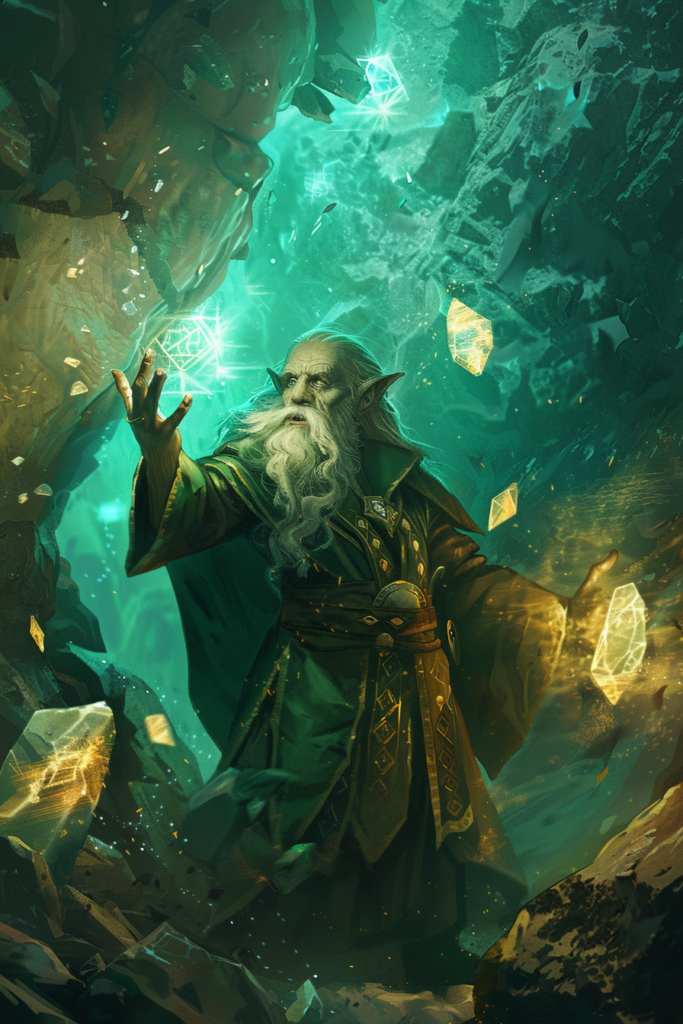
Divination is the definition of information; this school provides the caster with knowledge and answers to many of their questions.
Focusing on information makes the school less prevalent in combat; however, its utility-based spells are so incredible that its low combat efficiency doesn’t matter.
The School of Divination reveals centuries-old secrets and lets you communicate with the divine:
Early-Game: True Strike, Detect Magic, Augury, Clairvoyance
Mid-Game: Arcane Eye, Commune, Find the Path
Late-Game: Foresight
The School of Divination doesn’t grab the attention of many, but characters like the Bard, Cleric, and Druid excel at using foreknowledge spells.
School of Enchantment

Enchantment focuses on effects that influence a creature’s mental state or mind.
These effects are done with magic and try to charm, compel or even force creatures to do the caster’s bidding.
The School of Enchantment turns hostiles into allies or buries its magic within a target’s psyche:
Early-Game: Vicious Mockery, Silvery Barbs, Crown of Madness, Catnap
Mid-Game: Charm Monster, Dominate Person, Mass Suggestion
Late-Game: Power Word: Pain, Dominate Monster, Power Word: Kill
Characters like the Artificer, Bard, Cleric, Sorcerer, and Wizard love the School of Enchantment due to its many different spells.
School of Evocation
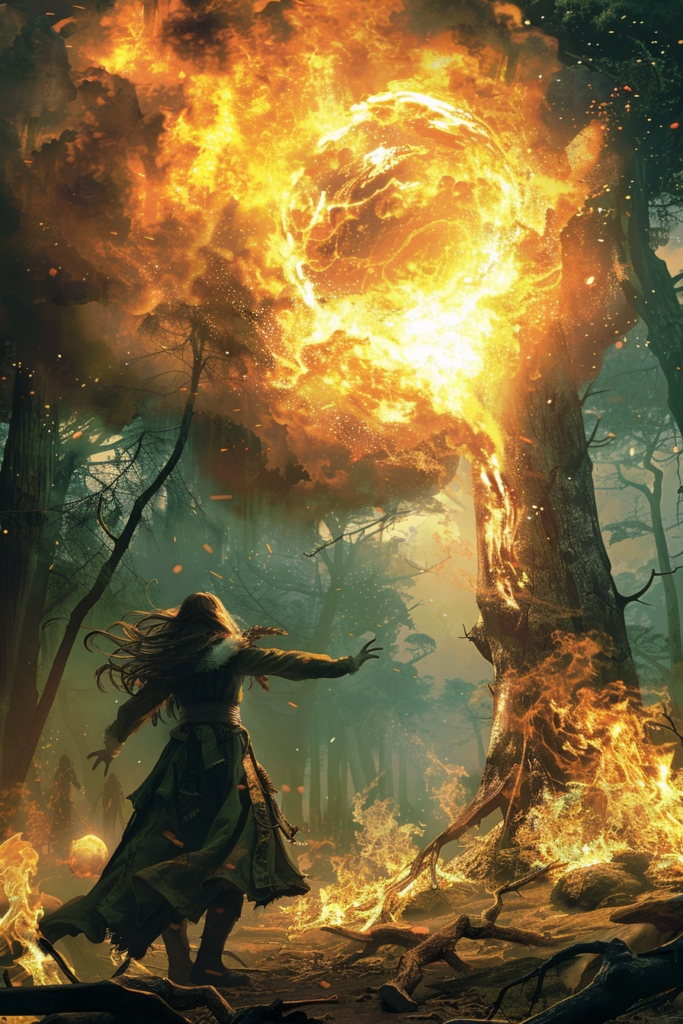
While the name Evocation might not be common, the part it plays as one of the schools is exceptionally straightforward.
Evocation focuses on racking up damage and tons of it. It provides spells to players that perform exceptionally in combat.
The School of Evocation unleashes destructive magical forces:
Early-Game: Fire Bolt, Chaos Bolt, Moonbeam, Fireball
Mid-Game: Sickening Radiance, Hallow, Sunbeam
Late-Game: Fire Storm, Sunburst, Meteor Swarm
While most spellcasters’ primary purpose isn’t to deal damage, Rangers, Sorcerers, Warlocks, and Wizards characters will find the School of Evocation very alluring.
School Illusion
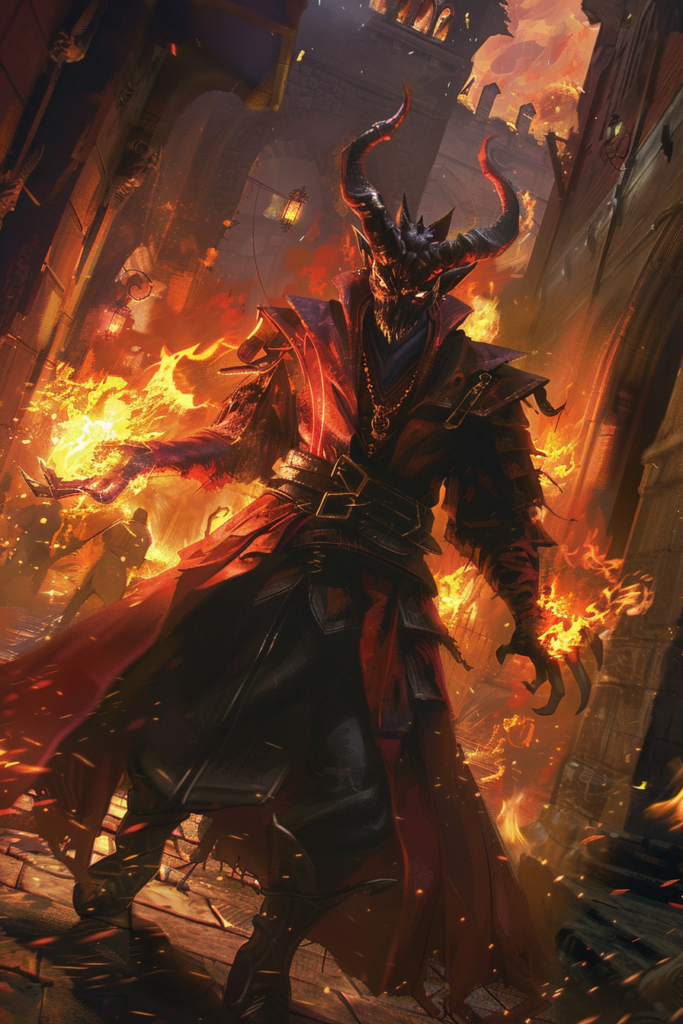
Illusion is mostly linked to deception, sleight of hand, or manipulation within society, similar to magicians playing with cards.
However, in D&D, the deception woven by Illusion magic is much more magical. It includes disguises, sound effects, physical manifestations, or even mind-altering visions and nightmares.
The School of Illusion weaves deceit through the mind of your target, handling them as if they were toys:
Early-Game: Minor Illusion, Disguise Self, Mirror Image, Fear
Mid-Game: Greater Invisibility, Dream, Mental Prison
Late-Game: Project Image, Illusory Dragon, Weird
The School of Illusion is stable among Bards. However, Sorcerers and Warlocks can do well with it as well.
School Necromancy
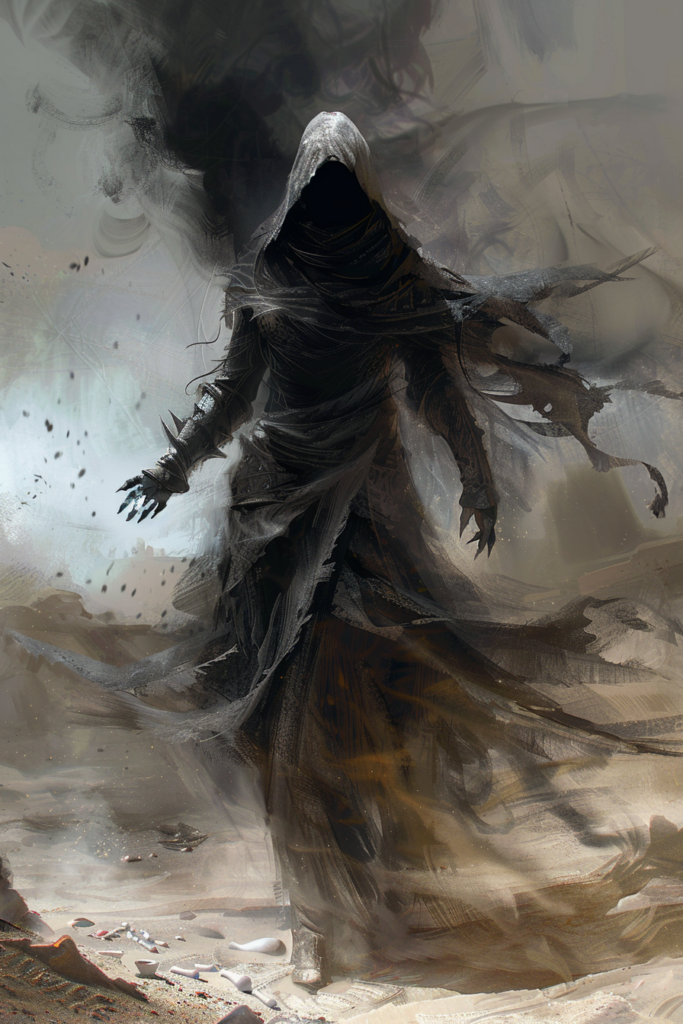
Necromancy is probably the most well-known school of magic within gaming and RPG board games.
Whenever Necromancy is brought up, we immediately think of ZOMBIES, which isn’t a bad way to think, especially in D&D.
Within 5e, Necromancy doesn’t only house spells that manipulate decaying flesh; it also features spells that deal devastating damage, completely impair enemies, heal allies, or resurrect fallen comrades from nothing but a hair.
The School of Necromancy manipulates the life forces of its targets:
Early-Game: Spare the Dying, Ray of Sickness, Blindless/Deafness, Vampiric Touch
Mid-Game: Blight, Raise Dead, Circle of Death
Late-Game: Finger of Death, Clone, True Resurrection
Necromancy is a school used by almost any spellcaster; its healing properties, damage capabilities, and unique utility make it an all-rounder.
School of Transmutation
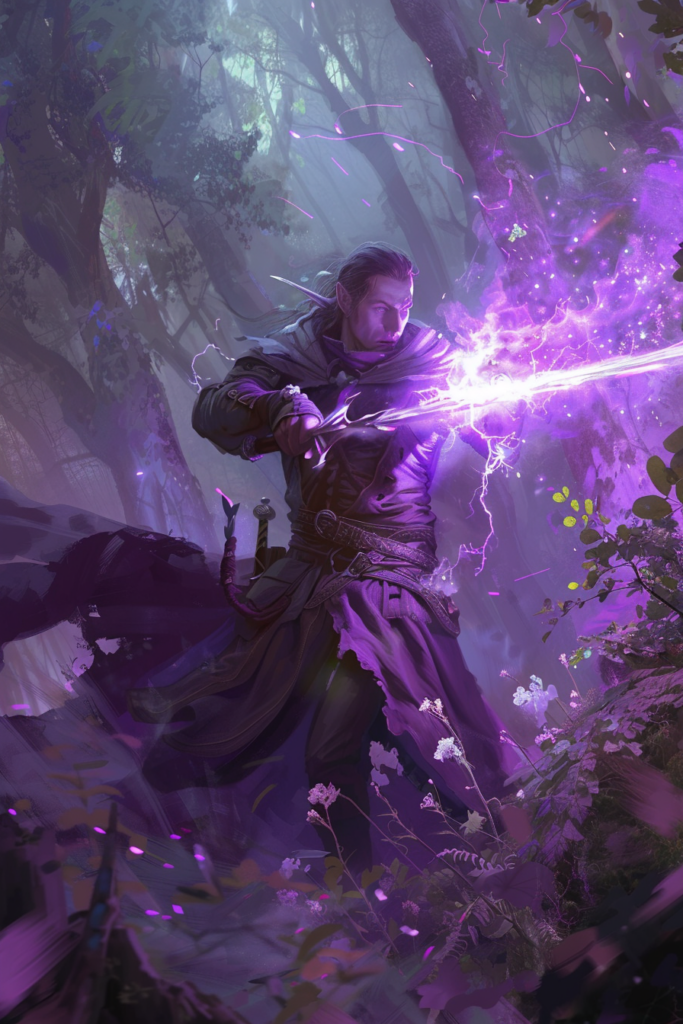
Transmutation‘s very nature is to change an object’s form or the foundations of something physical. It not only changes the physical aspects but how the object will interact with the environment around it.
The School of Transmutation changes the forms of objects or manipulates their physical aspects:
Early-Game: Prestidigitation, Goodberry, Heat Metal, Fly
Mid-Game: Stone Shape, Telekinesis, Disintegrate
Late-Game: Draconic Transformation, Animal Shapes, Shapechange, True Polymorph
No school matches the freedom Transmutation gives players when dealing with objects.
If you want to bolster an item’s damage, change an object entirely, or even change yourself, Transmutation has it all!
Final Thoughts
Each school of magic isn’t just unique. It provides anyone learning about a spell the preconceived knowledge to understand what that spell does and what they can expect it to do.
Many might say these schools don’t play a big part, but I believe having schools of magic is the border spells have between one another.
It tells you a story without looking at the spell and lets your imagination run wild with the spell’s name!


Top 15 Best Enchantment Spells in D&D 5e [Ranked]
Wednesday 3rd of January 2024
[…] you want a control/utility school of magic, there’s no better place to look than with Enchantment […]
What are the Schools of Magic? - Melestrua's Musings
Tuesday 31st of October 2023
[…] Tabletop Den […]
Top 20 Best 1st-Level Spells in D&D 5e [Ranked]
Thursday 6th of April 2023
[…] You can sense magic presences within 30 feet of you. Using an action reveals a faint aura around the object or creature exuding magic, also learning its school of magic. […]